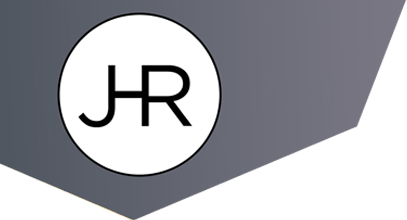One of the most common reasons that the United States Patent and Trademark Office will refuse an application for a trademark is that the mark in question is “confusingly similar” to a trademark that is already federally registered or to a pending application owned by another party under Section 2(d) Refusal – Likelihood of Confusion, Mistake or Deception.
But what does “confusingly similar” actually mean? Does a mark have to be completely different from all other existing marks in order to be approved for registration?
How the USPTO Evaluates a Trademark
When the USPTO is evaluating the merits of a trademark, it will seek to determine whether the mark you desire:
- Is similar in appearance, sound, connotation, and/or commercial impression to one already registered by another party; and, if so,
- Are the associated goods and services of the marks related?
There are additional factors that the USPTO looks to, but these two generally are the key considerations in any likelihood of confusion determination. It’s possible to get an approval for the exact same mark as one that is already applied for or registered as long as the mark is in a different industry and there’s little chance that a consumer could be confused about the sourcing or ownership of the product or service.
For example, let’s say a real estate company wanted to trademark the name “Heritage” to represent their services for home sales. A school tutoring company may also successfully trademark the name “Heritage” to represent their educational services. Even though the marks are identical, a consumer would not be confused that the services of Heritage real estate are the same as those offered by Heritage private tutors. They are in two different industries and the likelihood of confusion amongst their consumers is low.
Conversely and continuing with the same marks, say a mortgage company has already trademarked the name Heritage. Because the mortgage company offers services within a related industry to Heritage real estate company, there is a possibility that consumers could be confused and that the mark would be denied by the USPTO on these grounds.
How to Avoid a Likelihood of Confusion from the Start
Having your trademark denied by the USPTO because it is confusingly similar to that of another party in a related industry is an unfortunate and expensive blow. You’ve spent the time and money to apply for your mark, you may have already begun using it and branding products, and now you will have to go back to the drawing board.
Before you start again, we recommend taking the following steps to decrease the likelihood that you’ll select a mark that is too close to one already owned by another party:
- Do a trademark search of the USPTO database: You can search for free using the Trademark Electronic Search System (TESS). This is the same service that the USPTO will use when initially evaluating your claim, so it is worth your time to research your desired mark before sending in an application.
- Search for any marks that may be entitled to common law protection: Perhaps a mark isn’t federally registered, but someone has been using a similar mark as you in your immediate geographic area and/or in a similar industry; the user of the mark may have common law rights to the mark that you desire. Take some time to search Google, Bing, Yahoo, Amazon, Facebook, Yelp, Open Table, and any business registration databases and check the internet for any websites that may point to previous use of the mark you were hoping to use. You can also search your state’s trademark database to see if any marks are registered there. If you find a similar mark used on related or similar goods or services you may want to move on to your next option.
- Work with a trademark attorney from the very start of the process. Your attorney can help you with the above mentioned searches, conduct more thorough industry-specific searches using additional search technology and resources, and give you feedback about the strength of the mark you want and the likelihood that it will be approved prior to filing. If your searching leads you and your attorney to believe that your mark is confusingly similar to another or is likely to be rejected for any other reason your attorney can help you make any necessary changes to your business name, logo, etc. to uniquely set your business and brand apart.
Making sure that you have a trademark that is not confusingly similar to that of another party is critical. If you proceed to do business using such a mark, you could ultimately be forced to stop selling your product or service, destroy your inventory, and possibly pay legal damages. Take the time to do your homework and carefully evaluate whether your desired mark could cause problems right from the start. If you need assistance with this process, we invite you to contact our trademark and intellectual property attorneys at 888-666-0062 to schedule a consultation.
DISCLAIMER: The information contained in this article is for informational purposes only and is not legal advice or a substitute for obtaining legal advice from an attorney.





